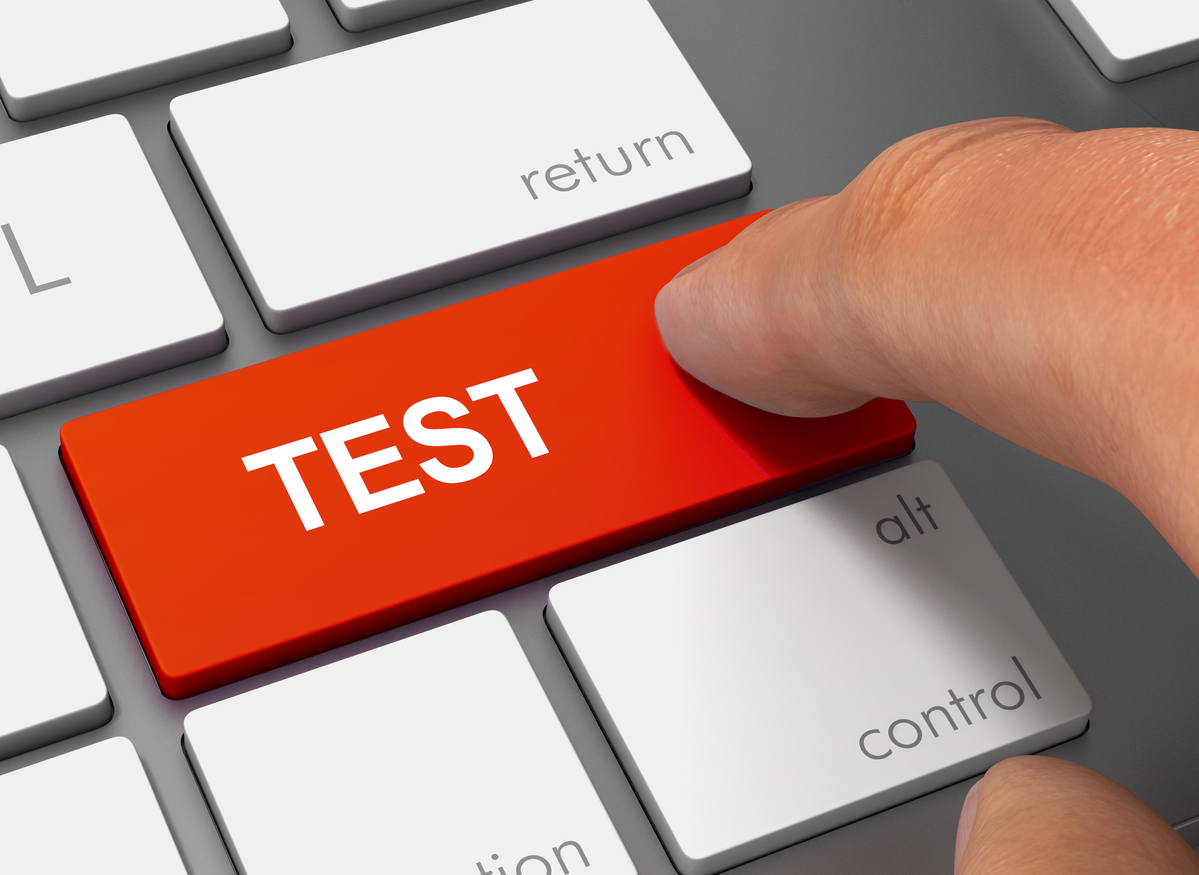How to Isolate the Effect of Strategy and Test its True Impact
by Stacey Barr |Don’t even try and work out how much time, effort, money and opportunity we waste by investing in business strategies that don’t truly work. Let’s instead talk about how exactly we can go about executing our strategies in a way that tests if they’re working, by isolating their effect on our desired performance results.

These effect-isolating methods have been around for donkey’s years, and they’re really quite simple too, but sadly under-used as part of an organisation’s or company’s strategy execution.
Test Method 1: Before, During, After.
Time series analysis is the simplest and weakest form of isolating the effect of your strategies on their targeted performance results. Other factors can come into play over time also. But at the very least, it really helps to know what level performance is at before you execute your strategy, regularly throughout the process of executing your strategy, and for some time after it’s fully executed.
If you see changes in your performance result that correlate with when you expected to see such changes, and you can rule out other obvious factors, then it’s looking like reasonably good news for your strategy.
Test Method 2: Controlled Experiments.
No, you won’t need to go buy a lab coat and pocket protector. Controlled experiments are simply designs for how you execute your strategy, where you execute your strategy in one area, but deliberately not in another area. For example, imagine your strategy is a new marketing campaign to encourage people to recycle more of their domestic rubbish. Your measure is the percentage of tonnes of domestic rubbish that is picked up by recycling rubbish trucks.
With a controlled experiment, you’d divide up your rubbish collection zone into two groups, let loose the marketing campaign in just one of these groups, and track your measure for both groups separately. You’re looking for a significant difference between the two groups after the campaign.
Test Method 3: Multi-variate Analysis.
You don’t need a 4-year degree in statistics to get this – Microsoft Excel is enough for the basics. In its simplest form, multi-variate analysis is a collection of time series graphs you can visually examine to look at correlations and patterns among a range of factors that affect an outcome.
If you have a new strategy to increase sales revenue, like a customer loyalty program that offers discounts for repeat purchases, how will you know it’s working? Particularly if economic downturn is affecting your industry, your marketing department is launching a new product, you get some fantastic but unplanned media attention, and you’re concerned about several other factors that might confound the impact of your strategy.
If you track and measure that range of factors each month, say – like average industry sales, sales of new product, media mentions/hits, and so on – then you can build a multi-variate analysis using graphs that could highlight the impact of these factors on your outcome: sales revenue.
The Way to Stop Waste Is To Test.
Even if these methods sound like more effort than you’re willing to go to, the truth of the matter is that in relation to the effort you’ll be putting into executing your strategies, they’re a drop in the ocean. And if you don’t use some method of isolating and testing the impact of your strategies, you’re making like an ostrich and burying your head in the sand rather than face the cold hard fact that your strategies could be a complete waste of time and money.
TAKING ACTION:
What’s your next opportunity to test a strategy to find out if it’s truly working or not? Which method could you use to do this?
Connect with Stacey
Haven’t found what you’re looking for? Want more information? Fill out the form below and I’ll get in touch with you as soon as possible.
167 Eagle Street,
Brisbane Qld 4000,
Australia
ACN: 129953635
Director: Stacey Barr




